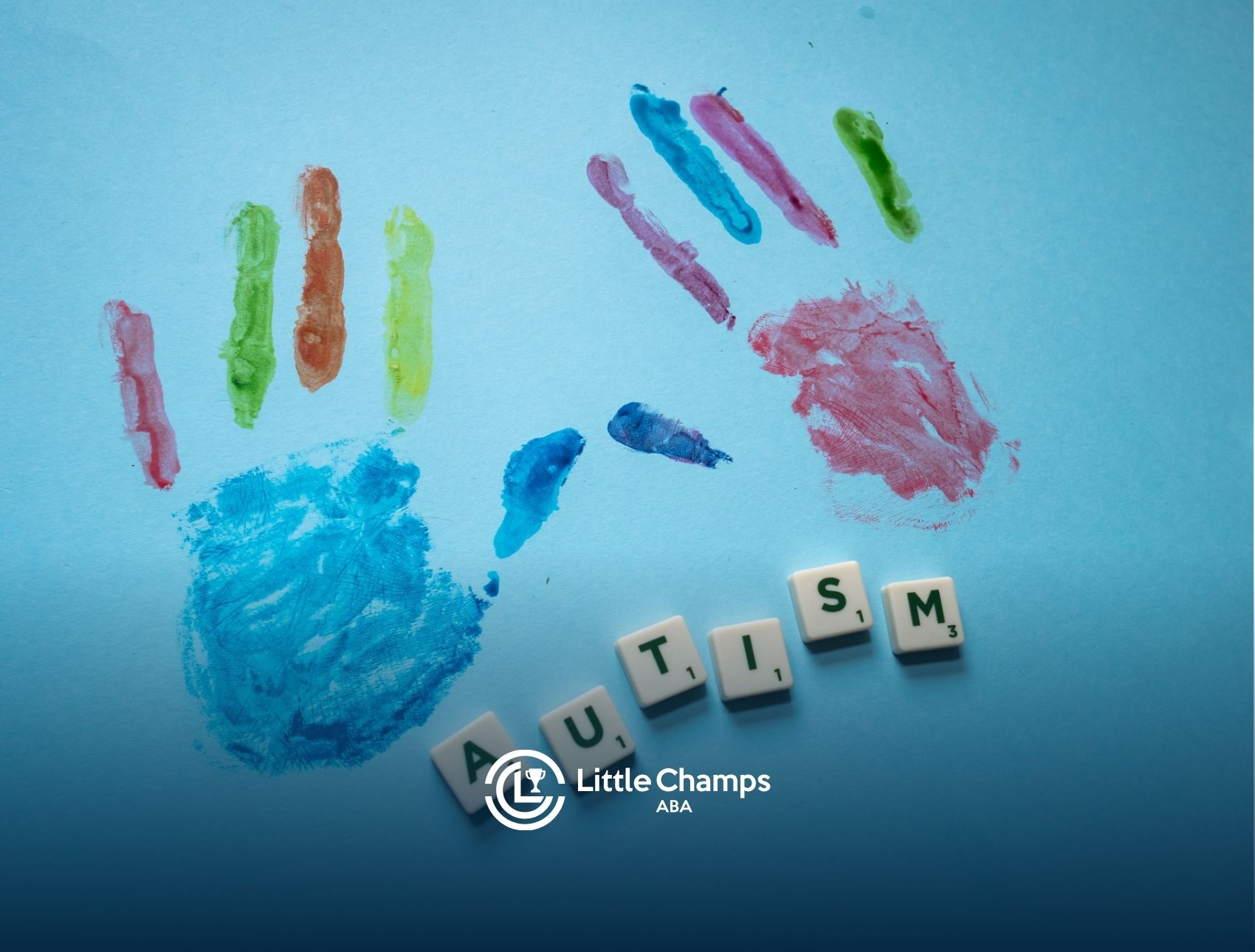
Autism is a condition that has shaped the lives of countless individuals and their families, but when was autism discovered? The history of autism is a fascinating journey, starting with early observations and culminating in the widespread understanding and treatment options we have today. In this article, we will take you through key milestones in autism research, shedding light on how perceptions of autism have evolved over the years.
By exploring its discovery and development, we can better appreciate the progress made in autism diagnosis, treatment, and support. Join us as we delve into the story of autism, understanding how it was first identified and the breakthroughs that have shaped current approaches.
The History of Autism
Autism spectrum disorder (ASD) is a complex neurodevelopmental condition that affects communication, social interactions, and behavior. While autism is widely recognized today, its discovery and understanding have evolved significantly over time. The journey from early observations to modern-day diagnosis has been shaped by scientific research, shifting perspectives, and growing awareness.
So, when was autism discovered? The answer is not as straightforward as one might think. Let’s explore the history of autism, its early descriptions, and how our understanding has evolved over the years.
Early Descriptions of Autism
The characteristics of autism have likely existed for centuries, but they were not always recognized as a distinct condition. Several historical records suggest that individuals with autism-like traits were described long before the term “autism” was introduced.
Historical References to Autism Traits
- 18th and 19th Century Observations: Some historical figures displayed characteristics that align with modern descriptions of autism. For example, Victor of Aveyron, a “wild child” found in France in the early 1800s, showed difficulties in communication and social interaction, which some researchers now speculate could have been signs of autism.
- Psychiatric Studies in the 19th Century: In the late 1800s, doctors began classifying different mental health conditions. Some cases described children with severe social withdrawal and repetitive behaviors, which would later be recognized as autistic traits.
While these descriptions were significant, autism as a distinct diagnosis had not yet been established.
The Discovery of Autism: Leo Kanner and Hans Asperger
The formal identification of autism began in the 20th century with two key figures: Leo Kanner and Hans Asperger.
Leo Kanner (1943): The First Clinical Description of Autism
Leo Kanner, an Austrian-American psychiatrist, is credited with providing the first official description of autism in 1943. He studied a group of 11 children who exhibited unique behaviors, including:
- Extreme social withdrawal
- Repetitive movements and speech patterns
- Resistance to change
- A strong focus on specific interests
Kanner referred to this condition as “early infantile autism.” He distinguished it from other developmental disorders, emphasizing that these children seemed to be “self-sufficient” and disconnected from social interactions.
Hans Asperger (1944): Asperger’s Syndrome
Around the same time, Hans Asperger, an Austrian pediatrician, independently described a similar condition in a group of children. These children displayed:
- Difficulty in social interactions
- Intense focus on specific interests
- High intelligence and strong verbal skills
Unlike Kanner’s patients, Asperger’s subjects did not exhibit language delays, leading him to identify what became known as Asperger’s Syndrome (later integrated into the broader autism spectrum in the DSM-5).
How Autism Was Viewed in the 20th Century
After Kanner and Asperger’s findings, autism was studied extensively, but misconceptions persisted.
1950s-1970s: The “Refrigerator Mother” Theory
One of the most damaging theories of the mid-20th century was the “refrigerator mother” hypothesis. Proposed by child psychologist Bruno Bettelheim, this theory suggested that autism was caused by cold, emotionally distant mothers. This harmful belief led to unnecessary guilt for parents and delayed scientific progress.
Fortunately, this theory was debunked in the 1970s as research increasingly pointed to neurological and genetic factors as the root cause of autism.
1980s-1990s: Autism Recognized as a Spectrum Disorder
The understanding of autism expanded significantly in the 1980s and 1990s:
- The DSM-III (1980) officially recognized autism as a developmental disorder.
- The term “autism spectrum disorder” (ASD) emerged, acknowledging the wide range of symptoms and severity levels.
- Increased research led to improved diagnostic criteria, leading to earlier and more accurate diagnoses.
The Modern Understanding of Autism
Today, autism is recognized as a spectrum disorder, meaning it affects individuals differently and to varying degrees. Advances in research have helped clarify:
- Genetic and Environmental Factors: Autism is now understood to have a strong genetic basis, though environmental factors may also play a role.
- Early Diagnosis and Intervention: Identifying autism in early childhood allows for better support and therapy.
- Neurodiversity Movement: The perspective on autism has shifted from viewing it as a “disorder” to seeing it as a natural variation in human neurology. Many autistic individuals advocate for acceptance and accommodations rather than a focus on “curing” autism.
How ABA Therapy Supports Individuals with Autism
Applied Behavior Analysis (ABA) therapy has become one of the most effective approaches for supporting autistic individuals. ABA focuses on:
- Enhancing communication and social skills
- Reducing challenging behaviors
- Promoting independence and daily living skills
Conclusion
Autism has been present throughout history, but our understanding of it has evolved dramatically over the years. From early descriptions to modern scientific advancements, we now have a much clearer picture of what autism is and how to support individuals on the spectrum.
At Little Champs ABA, we are dedicated to providing high-quality ABA therapy to help children with autism reach their full potential. If you’re looking for expert guidance and support, our team is here to help. Contact us today to learn more about our programs and how we can support your child’s journey.
Frequently Asked Questions
1. Who first discovered autism?
Leo Kanner first described autism as a distinct condition in 1943. Around the same time, Hans Asperger identified a similar condition, later known as Asperger’s Syndrome.
2. When did autism become recognized as a spectrum disorder?
Autism was recognized as a spectrum disorder in the 1980s and 1990s as researchers acknowledged the wide range of symptoms and severity levels.
3. What causes autism?
Autism is primarily influenced by genetic factors, though environmental influences may also play a role. There is no single known cause of autism.


